Late Summer Round Up
Green Image Summer Newsletter
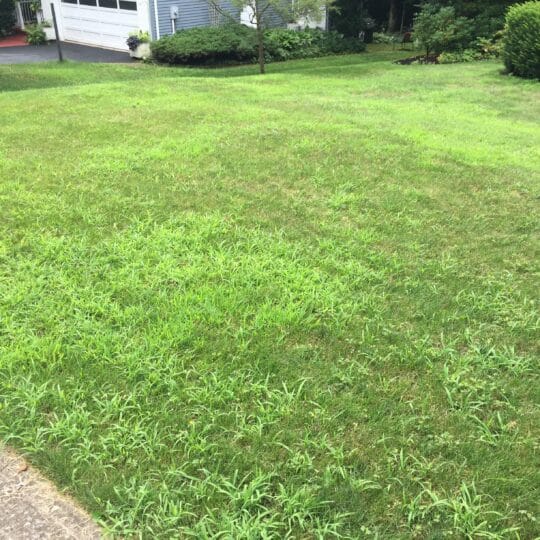
This summer’s weather has been a nearly complete reversal from last year’s drought. The good news is that frequent mid-summer rains have lawns looking greener than normal for this time of year. However, on close examination, you might be seeing more weeds and disease-related blemishes. A summary of some recent lawn issues, along with upcoming management practices designed to promote lawn health and appearance is provided below.
Crabgrass, annual broadleaf weeds, and nutsedge
Crabgrass is the most common annual grass weed in lawns. Seeds of this species germinate throughout spring and early summer, produce light green leaves and stems that radiate from a central growing point during summer, then set seed and die after the first hard frost of fall. To prevent crabgrass from taking over lawns, preemergence herbicides are applied in spring, before crabgrass seeds begin to germinate. In most years, these herbicides provide excellent crabgrass control throughout the summer. As a side benefit, preemergence herbicides also suppress or control several annual broadleaf weeds. However, in exceptionally warm and rainy summers, these herbicides break down faster than normal due to increased microbial activity in soil. Hence, late emerging crabgrass and some broadleaf weeds become obvious in lawns. Fortunately, lawn care professionals can apply specialized herbicides that eliminate existing crabgrass and broadleaf plants that break through the preemergence herbicide barrier.
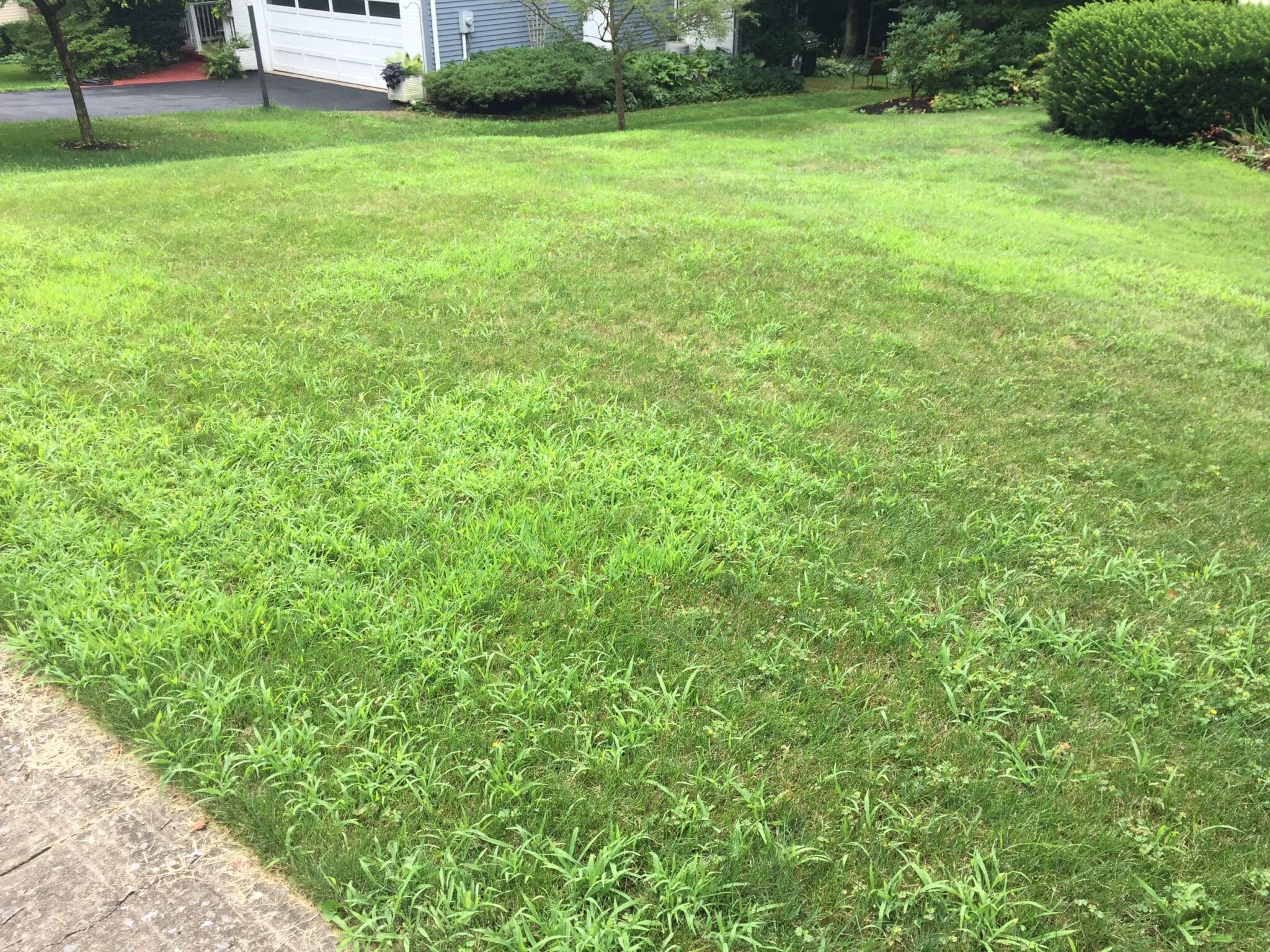
Fig. 1. Lawn not treated with preemergence herbicide showing high population of crabgrass plants.
Nutsedge (sometimes called nutgrass) is a perennial weed that produces shiny, yellow-green foliage that makes fast, upright growth in lawns. Although this weed can occur under dry conditions, it is more prevalent during wet summers. Because of the rainy, hot conditions this year, more nutsedge infestations have been observed in southern Pennsylvania. As with other perennial weeds, nutsedge produces new plants via underground structures (nutlets and rhizomes) and must be controlled with specialized herbicides after foliage emerges from the ground, usually in early summer.
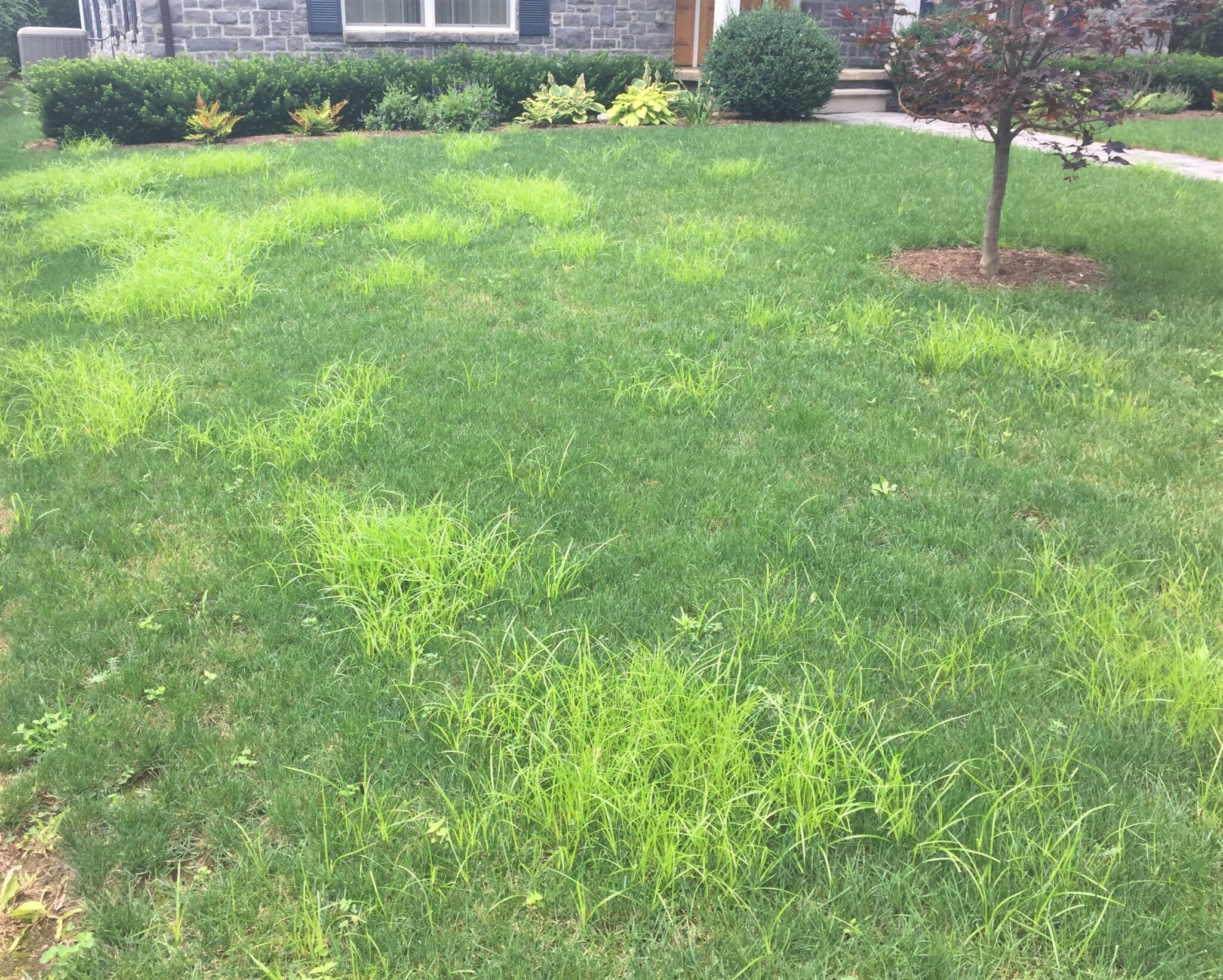
Fig. 2. Infestation of nutsedge in home lawn. Note the upright, yellow-green foliage above the turfgrass canopy.
Diseases
As mentioned in my last blog article, fungal diseases are a common problem in lawns during rainy, hot summers. If you have observed off-color spots and patches in your lawn, there’s a good chance they were caused by fungal pathogens. Fungal pathogens are common and reside in all lawns but stay dormant most of the year. They only cause disease when a susceptible host plant is present and conditions (typically heat and high humidity) favor pathogen activity. Because turf diseases are somewhat unpredictable, 100% control with fungicide products is often not realistic. However, if products are applied before the disease occurs, acceptable control can be achieved for 3 to 4 weeks in most cases.
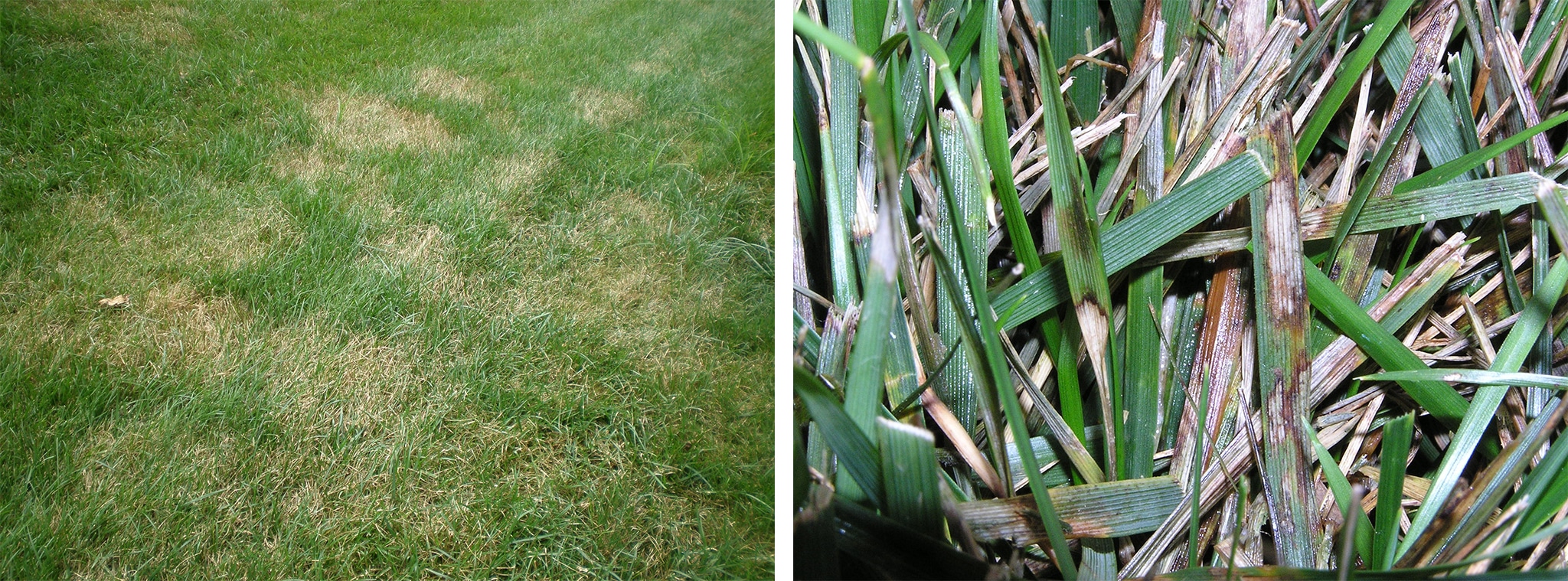
Fig. 3. Large, dinner-plate sized patches (left) and light brown lesions with reddish brown borders on grass leaves (right) caused by brown-patch disease. Brown patch was evident in many lawns during July of 2025.
Looking ahead
As we proceed into late summer, some hot, dry weather may occur and cause drought stress in lawns. Hopefully, this will be short-lived and by September, turf will begin to recover and maintenance practices that create healthy conditions for lawns can take place. These practices include aeration, seeding, fertilization, and in some cases weed control.
Core aeration is a vital management practice that relieves soil compaction and improves air exchange, water infiltration, and drainage. Core aeration also removes accumulated organic debris (thatch) from lawns, leading to less mower scalping and fewer pest problems. The result of core aeration is healthier soil and turf.
Late summer or early fall is also a good time to seed bare areas that may not have recovered from summer injury, and to introduce improved species and cultivars into the lawn. Tall fescue has gradually replaced ryegrass as the predominant overseeding species due to its good tolerance to heat, drought, and diseases. If conditions remain dry, some irrigation will help seed germination and establishment. Ideally, new seedlings will emerge about two weeks after seeding and begin to fill in thin areas. To hasten the development of seedlings, a starter fertilizer is typically applied by lawn care professionals.
In some cases, broadleaf weed control may be necessary in fall, especially for persistent, tough to control weeds such as ground ivy and wild violet. Fertilizer applied in fall allows turf to store carbohydrates for next spring and helps your lawn survive the cold months of winter.
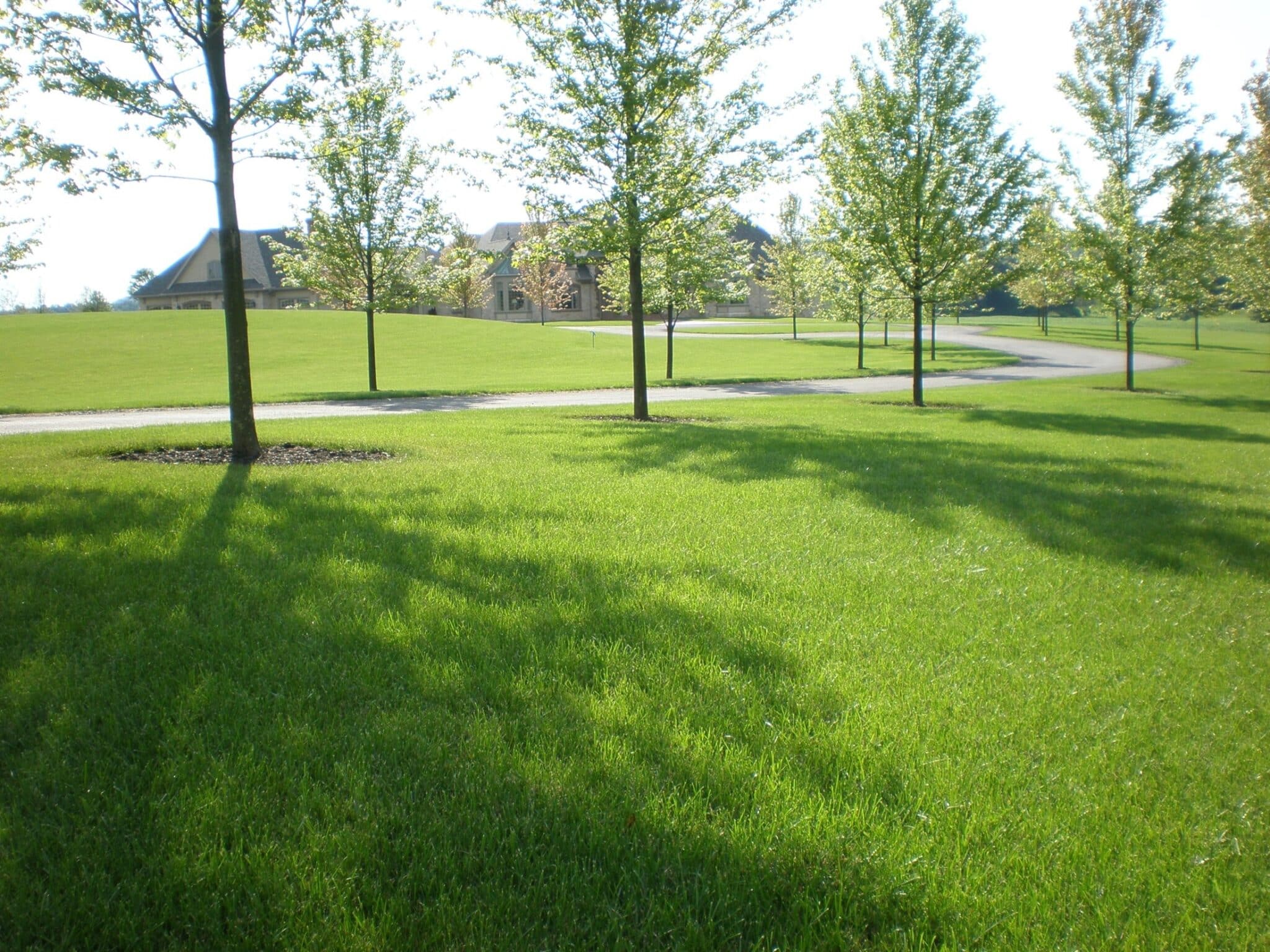
Fig. 4. Tall fescue lawns are gaining acceptance in Pennsylvania due to improved cultivars with good heat, drought, and disease tolerance.
Article and photos assembled by Pete Landschoot, Professor Emeritus, Penn State University